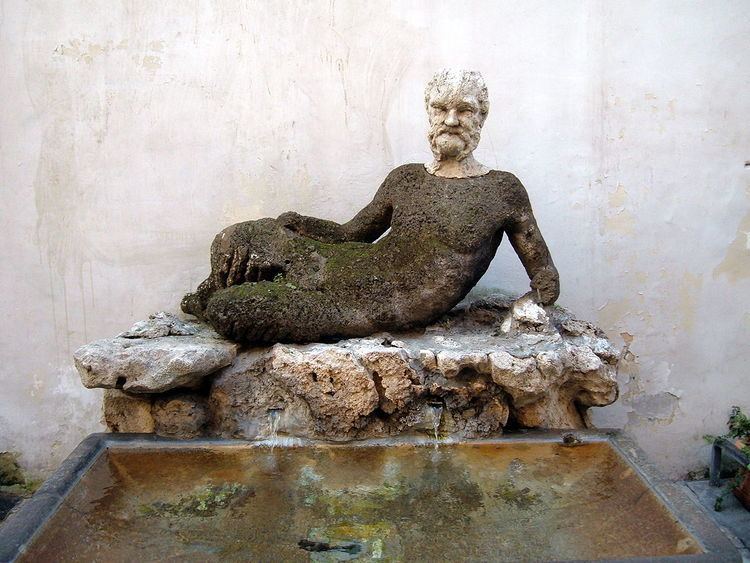 | ||
Via del Babuino is a street in the historic centre of Rome (Italy), located in the rione Campo Marzio. It connects Piazza del Popolo to Piazza di Spagna and is part of the complex of streets known as Tridente.
Contents
Map of Via del Babuino, 00187 Roma, Italy
History
The origins of Via del Babuino dates back to 13th century. The first two names of the street were Via dell’Orto di Napoli and Via del Cavalletto. In 1525, works commissioned by Pope Clement VII gave the street a new aspect and a new name: Via Clementina, in honor of its creator. It later became Via Paolina, because of the works carried out under Pope Paul III in 1540. In 1571, on the initiative of Pope Pius V, a new fountain for public use was installed along the street. In this occasion a statue of Silenus, an ancient classical deity related to springs and fountains, was also placed on the street. The statue quickly became infamous among the inhabitants of the rione because of its ugliness. The statues was compared to a monkey, and was thus nicknamed Babuino (Romanesco for "Baboon"); this name soon came to indicate the whole street.
A plate remembers the twinning ratified on October 16, 2002 between Via del Babuino and Madison Avenue in New York City.
Famous residents
Monuments
On Via del Babuino, from Piazza del Popolo to Piazza di Spagna, are the following historical monuments:
